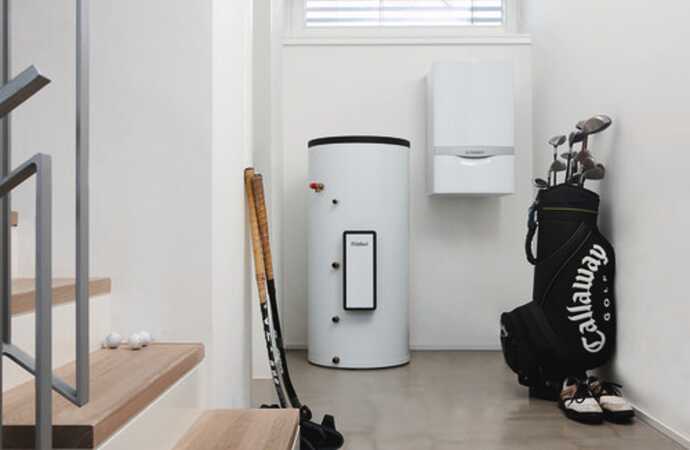You might consider installing or altering the system that delivers hot water under the main pressure in your residence. A straightforward rule of thumb can help you determine whether a mains pressure hot water system will perform better than a more conventional gravity system. When it comes to mains pressure systems, the mains supply (Pressure and Flow Rate) supplying a mains pressure system determines how effective it is.
In other words, the pressure you experience at a tap, for instance, results from the water pressure that enters your faucets from the water main. A mains pressure system’s accessories and products do not improve the pressure or flow rate achieved inside or at an output.
How mains pressure hot water cylinders work
It is wise to thoroughly grasp how mains pressure hot water cylinders operate and weigh all the available information before making a choice. In this case, all taps and water outlets connected to a house with a mains pressure hot water system will have water at mains pressure, whether it is hot or cold.
The two primary classes of mains pressure hot water systems are:
- Unvented Mains Pressure Systems (which make use of a cylinder-shaped pressure vessel)
- Vented main pressure systems utilizing a thermal store.
Vented cylinders store and heat water with a tank in the loft as a direct supply. Since the loft tank is more elevated than the vented cylinder, the system benefits from a natural gravitational pull that allows hot water to flow to the tap outlets around the building.
A vented cylinder can supply hot water to several bathrooms with a constant head of pressure since the water tank in the loft is a steady source of water with a constant gravitational force. The need for a water tank may constrain the placement of the vented cylinder within the house, and its reliance on the tank’s gravitational pull may negatively affect the water pressure flow if there is not enough space between the tank and the faucets. For instance, the water pressure to the outlets downstairs can be lower than the pressure to the upstairs taps.
On the other hand, an unvented hot water cylinder varies from a vented cylinder in that it delivers hot water at main pressure straight from the cold mains rather than the tank pressure. Directly drawn from the main water supply, the cold water is heated using the appropriate heat source for the cylinder type. On the other hand, an indirect, unvented cylinder uses gas from a boiler to heat the water, and a direct, unvented cylinder uses electricity for water heating using immersion heaters.
Because an unvented system draws its mains pressure hot water straight from the cold mains, it performs better under pressure than a vented cylinder. However, since an unvented cylinder is a “sealed” system, it needs an expansion vessel to store the extra volume of heated water when it expands inside the cylinder. This indicates that a qualified specialist is required to install the cylinder and maintain compliance with safety standards.
The takeaway
It is advisable to seek a specialist’s help when choosing and installing a mains pressure hot water cylinder.

